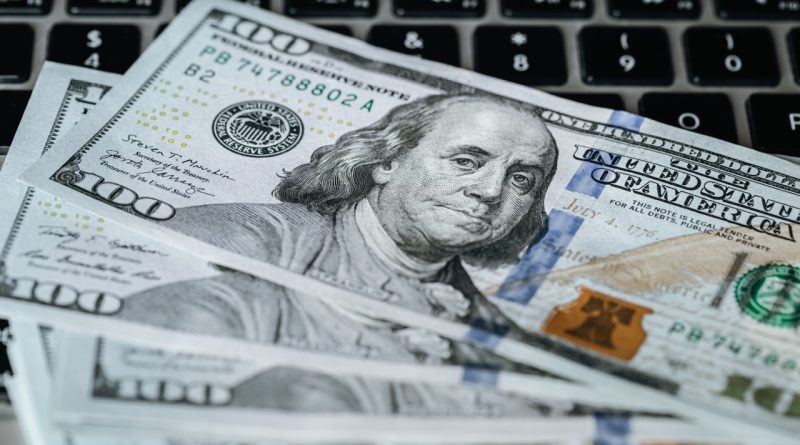The Link Between Inflation and Environmental Sustainability in 2025
As the world navigates the complexities of the 21st century, the intertwined issues of inflation and environmental sustainability have emerged as significant points of discussion. By 2025, the economic landscape has been shaped by persistent inflationary pressures, forcing governments, businesses, and individuals to reevaluate their approaches to sustainable practices. This article explores the link between inflation and environmental sustainability, highlighting the challenges and opportunities that arise when these two critical areas intersect.
Understanding Inflation: Definitions and Key Indicators
Inflation refers to the rate at which the general level of prices for goods and services rises, eroding purchasing power over time. In practical terms, it signifies that consumers need to spend more money to acquire the same items they could previously purchase at lower prices. Key indicators of inflation include the Consumer Price Index (CPI), Producer Price Index (PPI), and the core inflation rate, which exclude volatile food and energy prices to provide a clearer picture of underlying trends. In 2025, these indicators have shown significant fluctuations, influenced by various factors including global supply chain disruptions, labor market shifts, and geopolitical tensions.
As inflation rises, its implications extend beyond consumer purchasing power to impact various sectors, including environmental policy. Policymakers are often faced with the dilemma of addressing immediate economic concerns while simultaneously striving to implement long-term sustainability initiatives. Understanding the relationship between inflation and these initiatives is critical. When inflation is high, governments may prioritize short-term economic stabilization measures, potentially sidelining critical environmental regulations and investments in renewable energy and sustainable infrastructure.
The Impact of Inflation on Environmental Policies in 2025
In 2025, the pressure of inflation has forced many governments to reconsider their environmental policies as budgets become increasingly strained. Funding for sustainable projects, such as those aimed at reducing carbon emissions or enhancing green technologies, may be redirected to address rising costs in social services or public safety. Consequently, environmental initiatives risk being deprioritized, leading to a slowdown in progress toward climate goals. This trend can hinder the development of necessary technologies to combat climate change and may lead to a reliance on fossil fuels as more economically viable options in the short term.
Conversely, inflation can also serve as a catalyst for innovation in sustainable practices. As traditional energy prices rise, the need for alternative energy sources becomes more pronounced. This has prompted both public and private sectors to invest in renewable energy technologies and energy efficiency measures. In 2025, many businesses are exploring ways to offset rising costs through sustainable practices, such as circular economy approaches, which can reduce waste and drive long-term economic benefits. Thus, while inflation poses challenges, it also presents opportunities for creating a more sustainable future.
Evaluating Sustainable Practices Amid Rising Inflation Costs
As inflation continues to create financial pressures, businesses and consumers are re-evaluating their sustainable practices. For many organizations, the rising costs of raw materials and logistics have led to tough choices regarding sustainability investments. Companies may be tempted to cut corners or revert to cheaper, less sustainable materials to maintain profit margins, which can diminish their long-term environmental commitments. This reality requires a careful assessment of how to integrate sustainability into business models without exacerbating financial constraints.
On the consumer side, inflation affects purchasing decisions, as higher prices can lead individuals to prioritize immediate needs over sustainable choices. For example, while organic and eco-friendly products often come at a premium, consumers facing inflation may opt for cheaper alternatives, undermining demand for sustainable goods. However, there is a growing awareness of the importance of sustainability, pushing some consumers to seek alternatives that align with their values, even in a challenging economic environment. This creates a unique tension where both businesses and consumers must navigate the complexities of affordability and environmental stewardship.
Future Strategies for Balancing Inflation and Sustainability
In light of the economic challenges posed by inflation, developing effective strategies to balance economic growth with sustainability becomes paramount. Governments and institutions must adopt policies that promote green innovation while addressing inflationary pressures. This can include providing incentives for companies to invest in sustainable technologies, implementing tax breaks for renewable energy projects, or facilitating public-private partnerships aimed at building resilient infrastructure. Such initiatives can help mitigate the negative impacts of inflation and ensure a sustainable trajectory for economic growth.
Moreover, stakeholder collaboration will be key to achieving this balance. Engaging businesses, governments, and civil society in dialogues about sustainable practices and inflationary challenges can lead to innovative solutions. For instance, companies can work together to create cooperative purchasing agreements for sustainable materials, thus reducing costs while promoting environmentally friendly practices. Additionally, consumer education campaigns can help individuals understand the long-term benefits of sustainable choices, even in the face of rising prices. By fostering a collaborative approach, the connection between inflation and sustainability can evolve into an opportunity for collective action and progress.
In conclusion, the link between inflation and environmental sustainability in 2025 underscores the need for a nuanced understanding of economic and environmental dynamics. While inflation poses significant challenges to sustainable practices, it also creates pathways for innovation and collaboration across sectors. As we move forward, it is essential for policymakers, businesses, and consumers to prioritize sustainable choices and policies that consider both immediate economic realities and long-term environmental goals. By doing so, we can strive for a balanced approach that supports a resilient and sustainable future.
